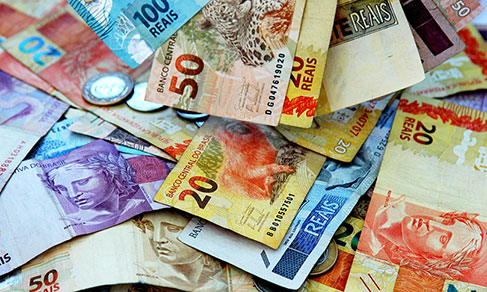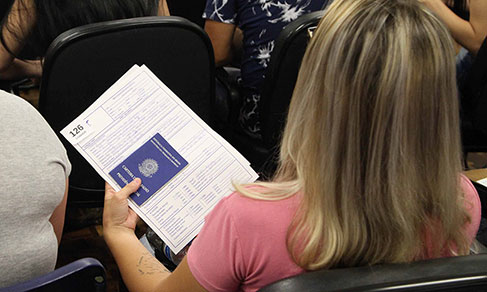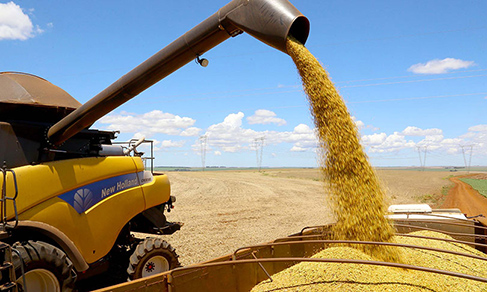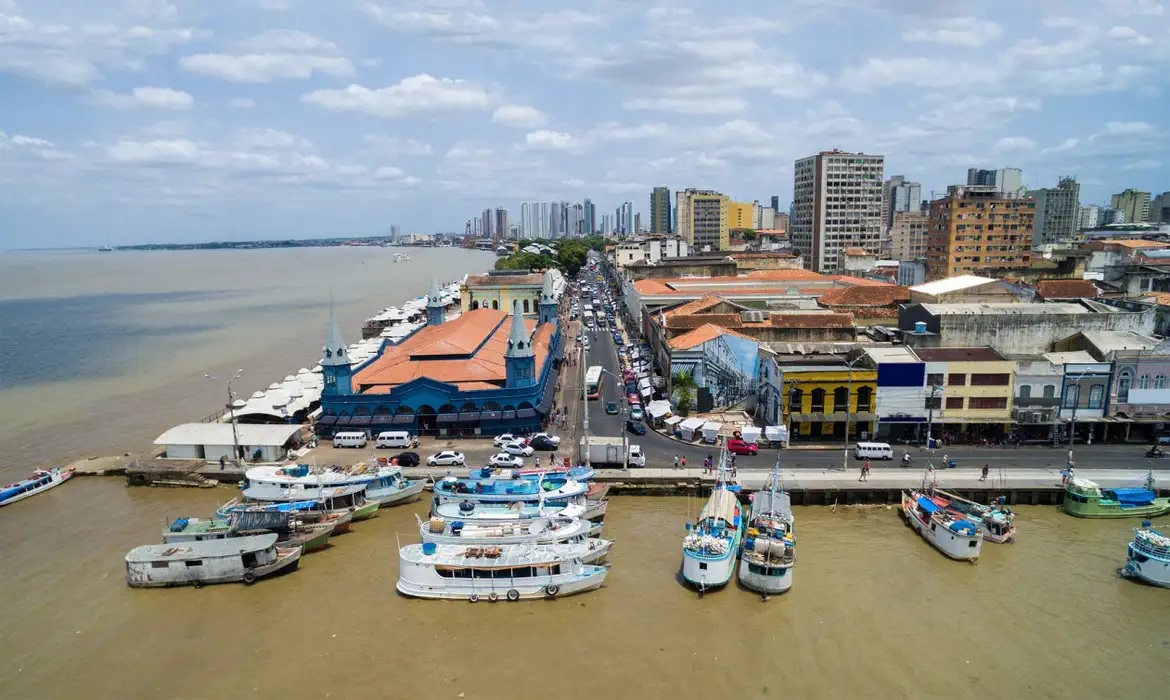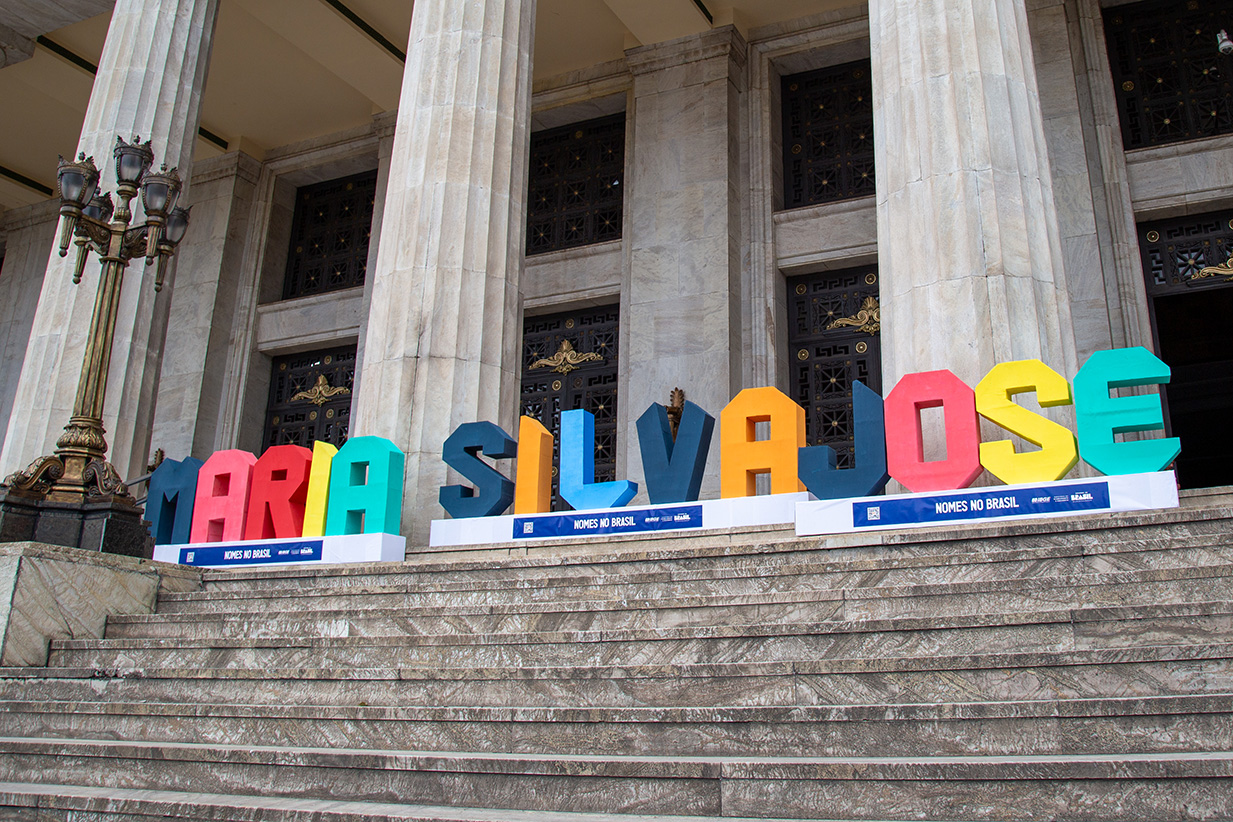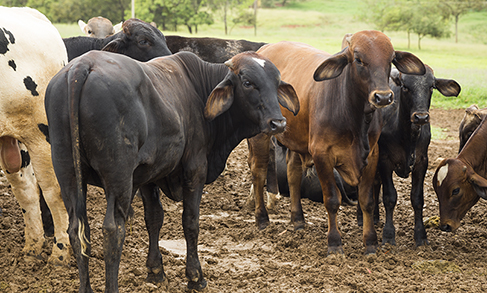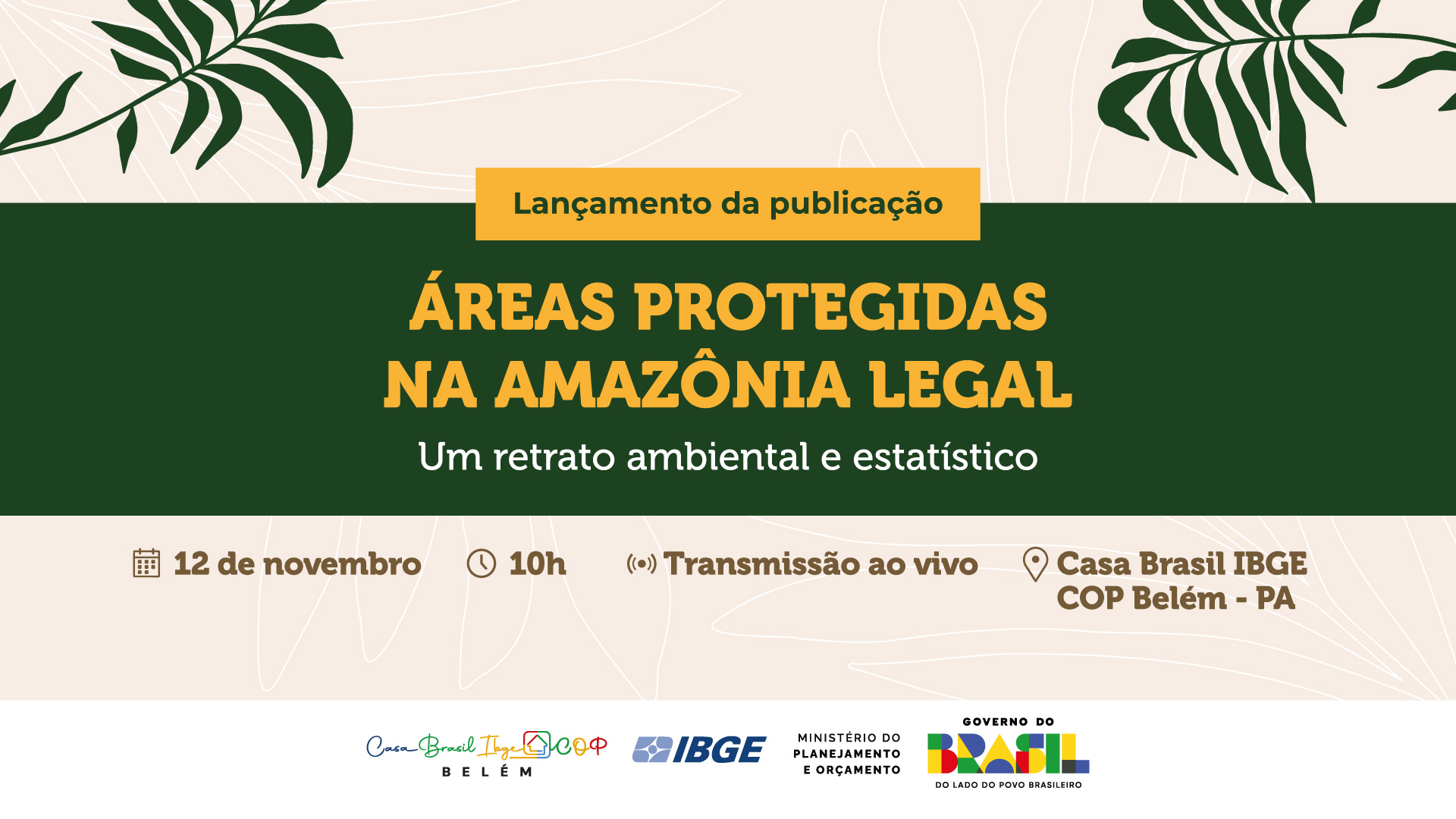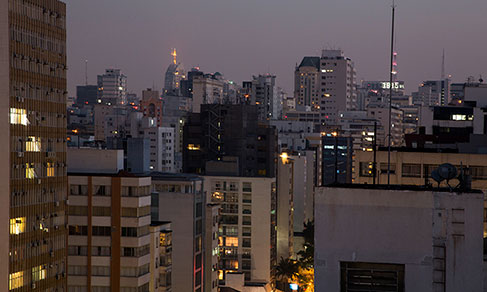Social Inequalities
Black and brown persons remain with less access to jobs, education, security and sanitation
November 11, 2022 10h00 AM | Last Updated: November 14, 2022 02h57 PM
Highlights
- In 2021, considering the monetary poverty line proposed by the World Bank, the proportion of poor people in Brazil was 18.6% among white persons and nearly twice among black (34.5%) and brown (38.4%) persons.
- In 2021, the unemployment rate was 11.3% for the white population, 16.5% for the black population and 16.2% for the brown population. The underutilization rates of these populations were 22.5%, 32.0% and 33.4%, respectively.
- In 2021, the informality rate of the employed population was 40.1%, being 32.7% for white persons, 43.4% for black persons and 47.0% for brown persons.
- The average earnings of white workers (R$3,099) surpassed those of back workers (R$1,764) and brown workers (R$1,814) in 2021.
- More than half (53.8%) of the Brazilian workers in 2021 were either black or brown persons, though these grousp together occupied only 29.5% of the managerial jobs, whereas white persons occupied 69.0% of them.
- Black and brown persons face higher tenure insecurity: 20.8% of brwon persons and 19.7% of black persons living in their own houses did not have any title deed, whereas the proportion among white persons was nearly half of it (10.1%).
- According to the 2017 Census of Agriculture, among owners of large agricultural establishments (with more than 10 thousand hectares), 79.1% were white persons, whereas only 17.4% were brown persons and 1.6% were black persons.
- In 2020, there were 49.9 thousand homicides in Brazil or 23.6 deaths per 100 thousand inhabitants. Among white persons, the rate was 11.5 deaths per 100 thousand inhabitants. Among brown persons, the rate was 34.1 deaths per 100 thousand inhabitants and, among black persons, it was 21.9 deaths per 100 thousand inhabitants.
- In the on-site undergraduation areas with the highest number of enrollments in 2020, the highest proportions of black and brown persons were in Pedagogy (11.6% of black persons and 36.2% of brown persons) and Nursing (8.5% of black persons and 35.2% of brown persons). The Medicine course had only 3.2% of black persons enrolled and 21.8% of brown persons.
- The data are from the Social Inequalities due to Color or Race in Brazil, which analyzes inequalities among white, black, brown, yellow and Indigenous persons along five subjects: labor, income distribution, housing, education, violence and political representation.
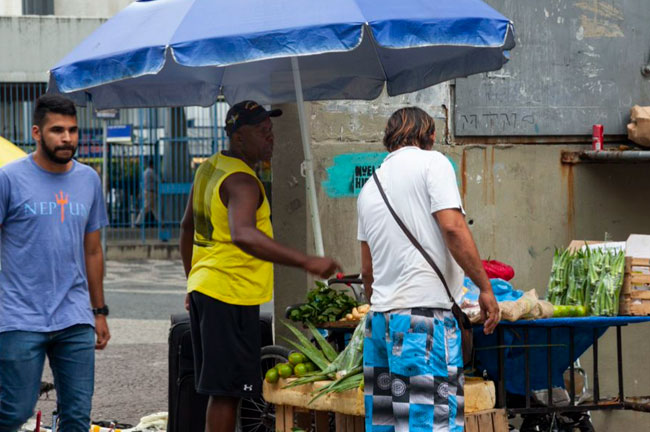
Social inequalities due to color or race remain evident in the labor market. Unemployment, underutilization and informality continue to hit more black and brown persons than white ones. In 2021, the unemployment rates were 11.3% for white persons, 16.5% for black persons and 16.2% for brown persons. In the previous year, these percentages were 11.1%, 17.4% and 15.5%, respectively. The data are from the Social Inequalities due to Color or Race in Brazil study, released today (11) by the IBGE.
“The black and brown populations represent 9.1% and 47% of the Brazilian population, respectively. Yet, the share of these population is lower in the indicators that reflect higher levels of life conditions,” says João Hallak, an IBGE analyst.
Unemployment and informality are higher among black and brown persons
In 2021, the underutilization rate was 22.5% among white persons, whereas it was 32.0% among black persons and 33.4% among brown persons. “Besides unemployment, the composite underutilization rate takes into account the time-related underemployed population and those who were in the potential workforce. Among white persons, that rate was lower than those of the black and brown populations, and that does not change with the schooling level. The distance slightly changes, yet the white population has an underutilization rate lower than that of the black and brown population in every schooling level,” analyzes the researcher.
While white persons represented 43.8% of the workforce (total number of employed and unemployed persons), black persons were 10.2% and brown persons, 45.0%. Yet, the percentages of black and brown persons are higher among those unemployed: 12.0% and 52.0%, respectively. White persons were 35.2% of those unemployed in 2021.
“This indicator already shows a disadvantage of those populations when inserting in the labor market. The proportions of the black and brown populations among those unemployed and underutilized are higher than what they represent in the labor force,” highlights Hallak.
Informality also hits more black and brown persons than white ones. In 2021, the informality rate was 40.1%, though white persons had a lower rate (32.7%), and black (43.4%) and brown (47.0%) persons, a higher rate than the national average. This difference is maintained in the entire time series of the study.
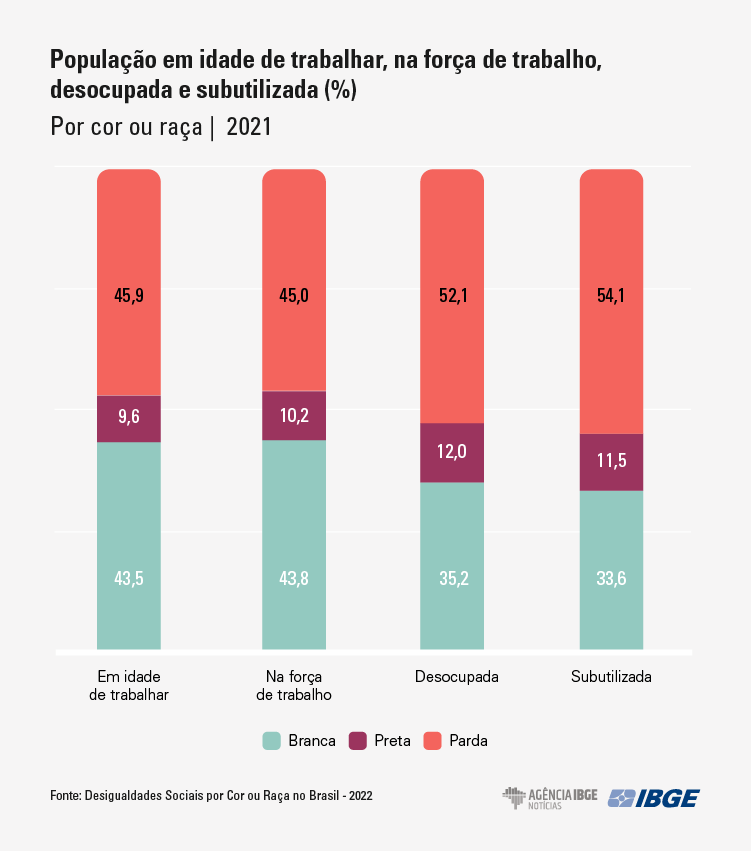
Among persons with higher education, white persons earned 50% more than black persons
When analyzing the schooling level, inequality is even more noticeable. Last year, the average earnings of employed white persons was R$19.0 per hour, yet this value was quite lower for black (R$10.9) and brown (R$11.3) persons. The study points out that the earnings are higher among those with higher schooling levels, though the differences by color or race remain in force. White persons with complete higher education or more earned, on average, 50% more than black persons and nearly 40% more than brown persons.
Employed black and brown persons were the majority (53.8%) in the labor market in 2021, though they were in only 29.5% of the managerial positions, whereas white persons occupied 69.0% of them. In higher income classes, only 14.6% of those employed in these jobs were either black or brown persons, whereas that proportion among white persons was 84.4%.
Poverty rates of black and brown persons are nearly twice that of white persons
An analysis of the poverty lines proposed by the World Bank confirms that black and brown populations are more vulnerable. In 2021, considering the line of US$5.50 per day (or R$486 per capita per month), the poverty rate of white persons was 18.6%. Among black persons, the percentage was 34.5% and among brown persons, 38.4%. In the extreme poverty line (US$1.90 per day or R$168 per capita per month), the rates were 5.0% for white persons against 9.0% for black persons and 11.4% for brown persons.
“In 2021, 8.4% of the population was in the extreme poverty. The percentage of the white population was below that average. On the other hand, the black and brown populations had proportions above the average and above the white persons,” says analyst André Simões.
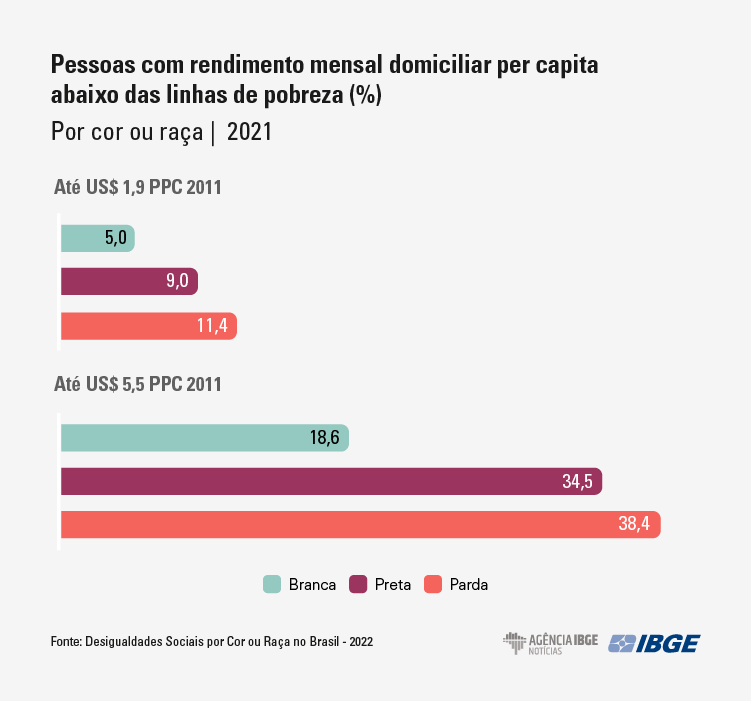
Concerning earnings from all sources, which also includes retirement and pension in addition to work, the difference remained as well. In 2021, the per capita household average earnings of the white population (R$1,866) was nearly twice that of the black (R$964) and brown (R$945) populations, a difference that is sustained since the beginning of the time series in 2012. Also last year, earnings were the lowest ones in the time series, with a higher drop for black (-8.9%) and brown (-8.6%) persons. Among white persons, the reduction in earnings over the previous year was of 6.0%.
Housing and estate conditions are very unequal among white, black and brown persons
Black and brown persons face a situation of greater tenure insecurity and informality of their houses. Among the population living in their own houses, 20.8% of brown persons and 19.7% of black persons lived in houses without title deeds, whereas the proportion among white persons was nearly half of it (10.1%).
One of the sources used in the study, the 2017-2018 Consumer Expenditure Survey (POF) pointed out the hypothetical rental value of owned houses according to the assessment of residents. Among the houses owned by white persons, the average value was R$998, whereas in those owned by brown persons the value was R$555 and by black persons, R$571.
“The houses of the black and brown populations have less access to sanitation and a lower number of rooms, reflecting in a lower value for these houses,” explains analyst Bruno Perez.
Concerning the ownership of durable goods, white persons were more present in nearly every item analyzed, except motorcycles. In addition, white persons had, on average, a bigger amount of goods as a proportion to the number of residents in their houses: 10.2% lived in houses with more than one car per adult. Among black persons, that proportion was 2.7% and, among brown persons, 3.5%.
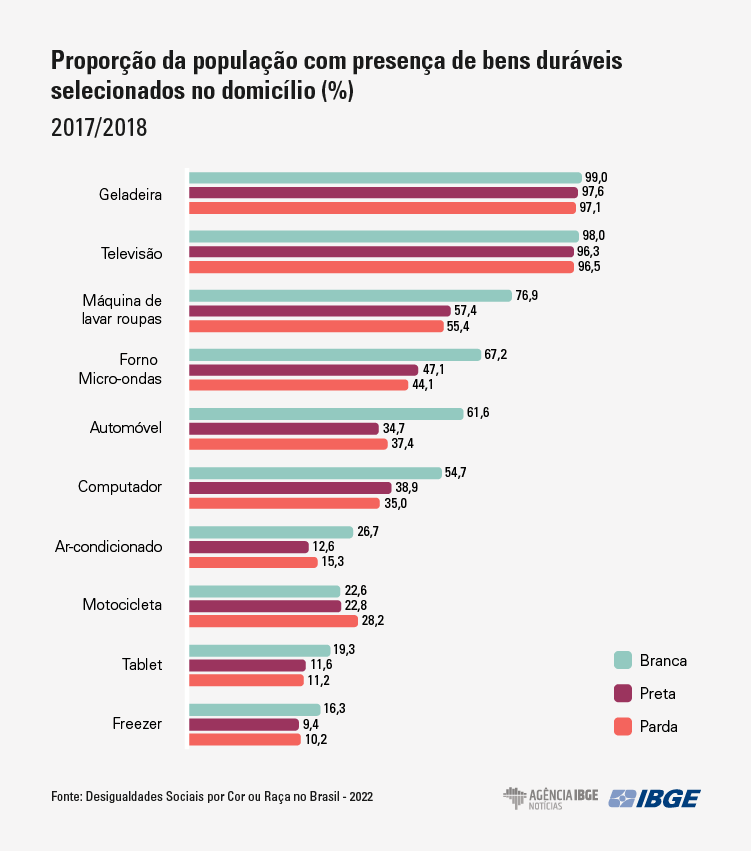
Nearly 80% of owners of establishments with more than 10 thousand ha are white persons
According to the 2017 Census of Agriculture, in agricultural establishments where producers were the owners, nearly half of them (48.0%) were white persons, whereas 42.7% were brown persons and 7.9%, black persons. When producers were not the owners, white persons were 34.5% of them, whereas brown persons (52.1%) and black persons (10.5%) had a higher representation.
There is a relationship between color or race of producers and size of properties. Black owners (13.7%) and brown owners (58.0%), together, are most of those who have an establishment with less than one hectare. Among owners of establishments with more than 10 thousand hectares, white persons represented 79.1% against 17.4% of brown persons and 1.6% of black persons.
“Brown owners prevail in smaller establishments and, as the area of establishments increase, the proportion of the white population increases and that of black and brown population decreases. When we arrive in the range of establishments with more than 10 thousand hectares, most of the producers are white persons,” says Perez.
61.0% of those enrolled in Medicine courses were white persons in 2020
The data about education raised in the study have as one of the sources PNAD Covid19, which went to the field between May and November 2020 and investigated this subject in its final month. According to the survey, unequal conditions of supply and access of off-site school activities were pinpointed due to the pandemic. The lack of structure and time dedicated to these activities jeopardized especially the students with lower income, most of them black and brown persons living in rural areas in the North and Northeast.
In November 2020, 6.8% of the white students aged between 6 and 17 years did not have any on-site class and did not receive any school activity. That percentage was 13.5% for black persons and 15.2% for brown persons. Among those who had not any on-site activity and did at least part of the school activities received in a reduced workload (less than five weekly days and less than two daily hours), the proportion of white students was also lower than that of either black or brown students.
The participation in Enem might be affected by that unequal difficulty of off-site study during the pandemic. The attendance rate to Enem, i.e., the proportion of those enrolled who effectively attended the test, shows that the advantage of white students in relation to the other groups of color or race stepped up between 2019 and 2021. White students registered a drop of only 3.1 percentage points in the attendance rate, reaching the rate of 72.1% in 2021. Black and brown students, in turn, recorded a drop of 9.9 and 9.0 percentage points in their respective attendance rates between 2019 and 2021, reaching 60.2% and 62.9% in 2021, respectively. Indigenous students were the group that reported the lowest attendance rate to Enem between 2019 and 2021 (68.0%, 37.1% and 55.3%, respectively).
According to the 2020 Census of Higher Education, among ten areas of on-site under-graduation with the highest number of enrollments, the highest proportions of black and brown students were in the Pedagogy (11.6% of black persons and 36.2% of brown persons) and Nursing (8.5% of black persons and 35.2% of brown persons) courses. On the other hand, the Medicine course had only 3.2% of black persons and 21.8% of brown persons.
“This indicator contributes to explain why the earnings from labor of black and brown persons are lower than those of white persons among those with higher education An example is the health area: in the Medicine course, 61% are white persons and in the Nursing course, 37%. And doctors are more praised by the market and tends to earn a much higher compensation than nurses. So, the type of higher education course also influences the earnings and those more praised by the market in terms of earnings are predominantly attended by white persons,” says João Hallak.
Homicide rate among brown persons is the triple of that registered among white persons
The 2019 National Survey of Health (PNS) unveiled that 18.3% of the persons aged 18 years or over suffered either physical, psychological or sexual violence in the 12 months before the interview. In the same year, 20.6% of black persons suffered any of these forms of violence, against 19.3% of brown persons and 16.6% of white persons. Violence hit more women (19.4%), especially the black ones (21.3%).
According to the Ministry of Health´s Mortality Information System (SIM), the number of homicides grew 9.6% in Brazil between 2019 and 2020. In 2020, they were 49.9 thousand homicides or 23.6 deaths per 100 thousand inhabitants. Among brown persons, the rate was 34.1 deaths per 100 thousand inhabitants, the triple of that reported among white persons (11.5 thousand deaths per 100 thousand inhabitants). The rate was 21.9 among black persons. The difference between those rates grows along the time series.
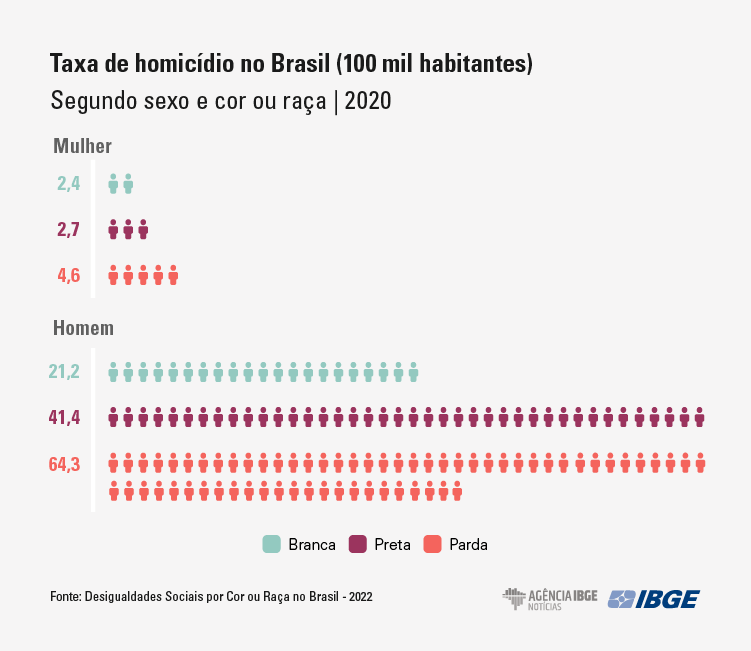
Men had a rate of 44.5 deaths per 100 thousand inhabitants against 3.6 deaths of women, i.e., 12.5 times more. Concerning color or race, the highest rate was among brown persons (64.3 deaths), followed by black persons (41.4 deaths). The rate for white persons (21.2 deaths) remained below the population average (23.6 deaths).
White persons are the majority among city councilors and mayors
In 2020, black persons were 8.8% of the population, 2.0% of mayors and 6.2% of city councilors. Brown persons were 47.5% of the population, yet only 30% of mayors and 38.5% of city councilors. According to the Continuous PNAD, the yellow and indigenous populations, together, represented nearly 1% of the population, whereas they were 0.5% of mayors and 0.7% of city councilors. Although they represented less than half (42.8%) of the population, white persons were the majority in both elective positions: they were 67.1% of mayors and 53.6% of city councilors.
In municipalities with up to 20 thousand inhabitants, the distribution were as follows: white persons (67.9%), brown persons (29.0%), black persons (2.0%), yellow persons (0.5%) and Indigenous persons (0.2%). Among the municipalities with 500 thousand inhabitants or more, they were 39 white mayors (81.3%) and nine brown mayors (18.8%).




